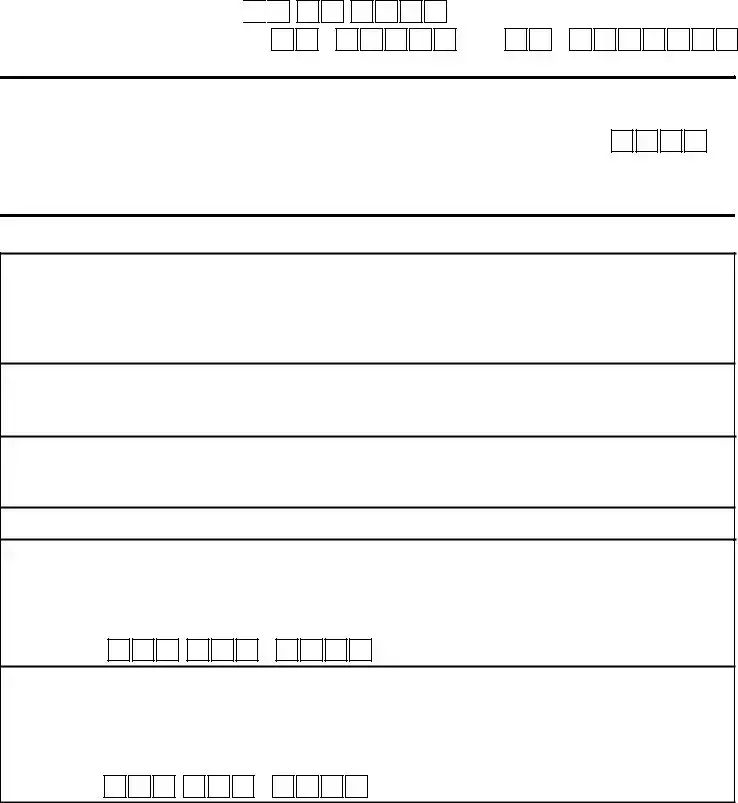The Federal Employer Identification Number (FEIN) application, also known as Form SS-4, shares similarities with the NYS 100 form's requirement for an FEIN. This element is crucial for both forms as it helps in identifying the employer's tax accounts across federal and state levels. The FEIN serves as a unique identifier for businesses and is required for various tax purposes, mirroring the NYS 100 form's role in establishing an employer's identity for state tax and unemployment insurance obligations.
Form W-4, or the Employee's Withholding Certificate, parallels the NYS 100 in its relation to withholding taxes. While the NYS 100 form registers an employer to withhold New York State income taxes from employees' wages, the Form W-4 collects employee information to determine federal income tax withholdings. Both documents are integral to ensuring that employers accurately withhold taxes from employees' paychecks, albeit at different government levels.
The Quarterly Federal Tax Return, known as Form 941, bears resemblance to the NYS 100 form by necessitating employers to report wages paid, tips earned by employees, and taxes withheld. Similar to the section of the NYS 100 that deals with withholding tax and unemployment insurance, Form 941 addresses federal withholdings plus Social Security and Medicare taxes. Both forms are essential in fulfilling employers' reporting responsibilities to government agencies.
Form I-9, Employment Eligibility Verification, and the NYS 100 form share a common purpose in the employment process, although they have different focuses. The NYS 100 form registers a business with New York State for tax and employment purposes, while Form I-9 ensures that employees are legally authorized to work in the United States. Each document must be completed by employers to comply with respective state and federal regulations regarding hiring practices.
The Application for Employer Identification Number (EIN) online, while not a form in the traditional sense, aligns with the NYS 100's requirement for obtaining an EIN or FEIN. This digital application process facilitates the acquisition of an EIN from the IRS, necessary for tax administration purposes, similarly to how the NYS 100 facilitates state tax and unemployment insurance registrations.
Unemployment Insurance (UI) Tax Registration forms, specific to each state, share the goal of the NYS 100 form in registering employers for unemployment insurance contributions. These forms, though tailored to individual state requirements, collectively ensure that employers contribute to the state-run UI programs. This contributions help to provide temporary financial assistance to workers who have lost their jobs.
The New Hire Reporting Form, mandated by federal law, complements the NYS 100 form's function in the realm of employment. This form requires employers to report new hires to a state directory, aiding in child support enforcement and detecting unemployment insurance and welfare benefit fraud. Similarly, the NYS 100 form plays a role in the broader framework of employment-related reporting and regulations.
Lastly, the Business License Application forms, which vary by state, city, and business type, resonate with the purpose of the NYS 100 form concerning business registration. While the NYS 100 primarily focuses on tax and employer obligations, business license applications are broader in scope, covering permissions and compliance for operational purposes. Both are crucial steps in establishing and maintaining a legitimate business entity within regulatory frameworks.




 Previous employer’s: Registration number:
Previous employer’s: Registration number: